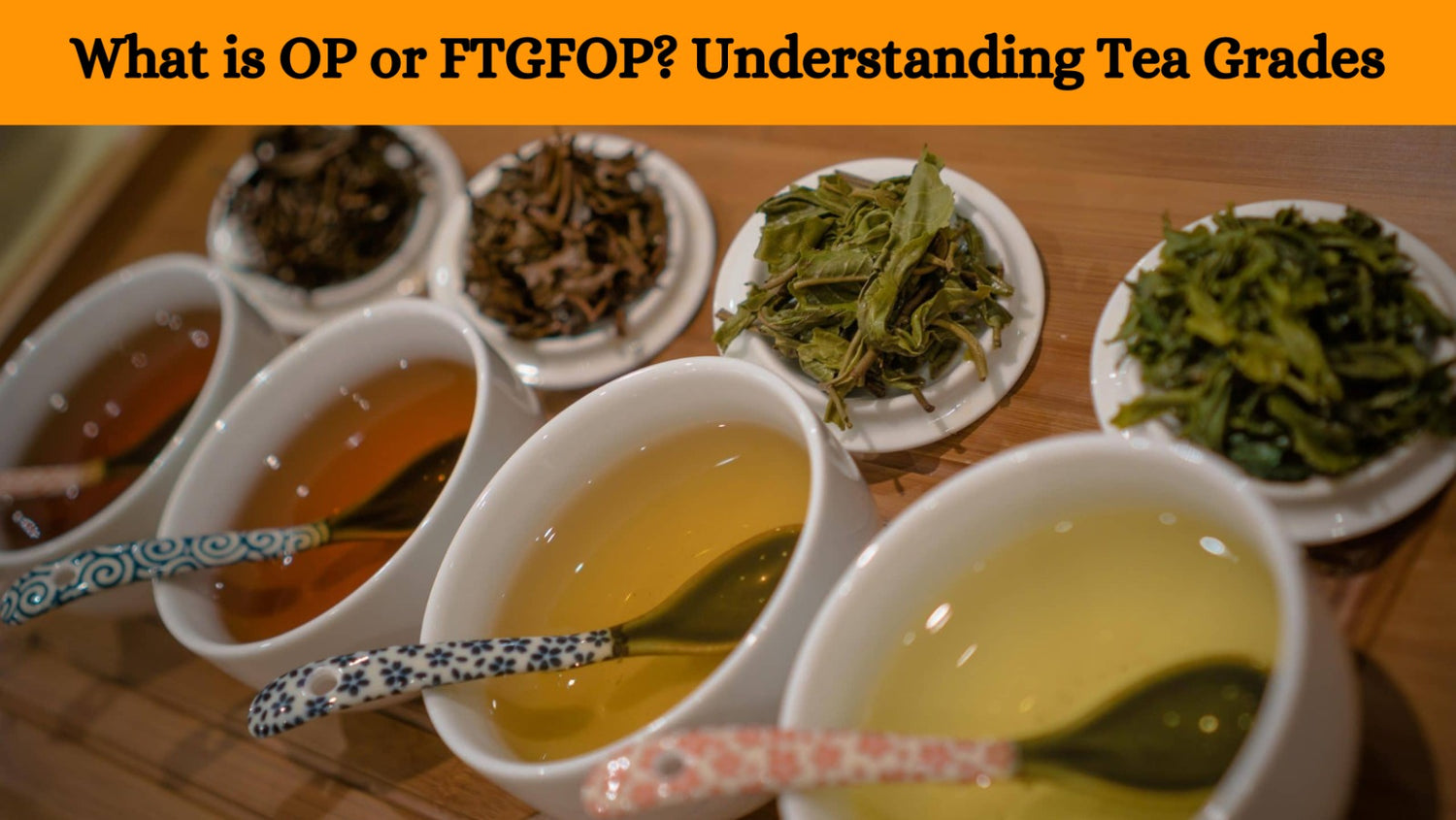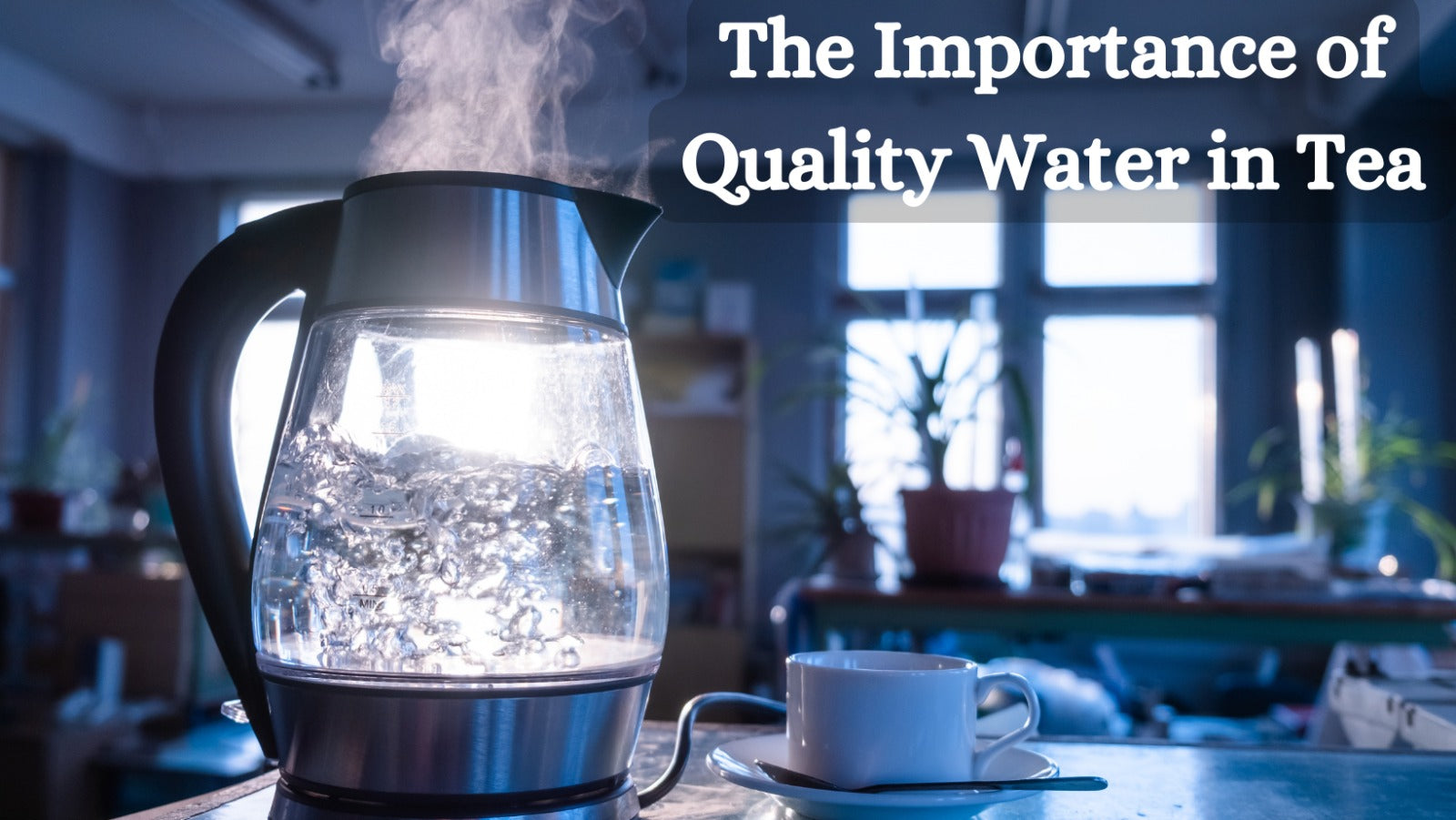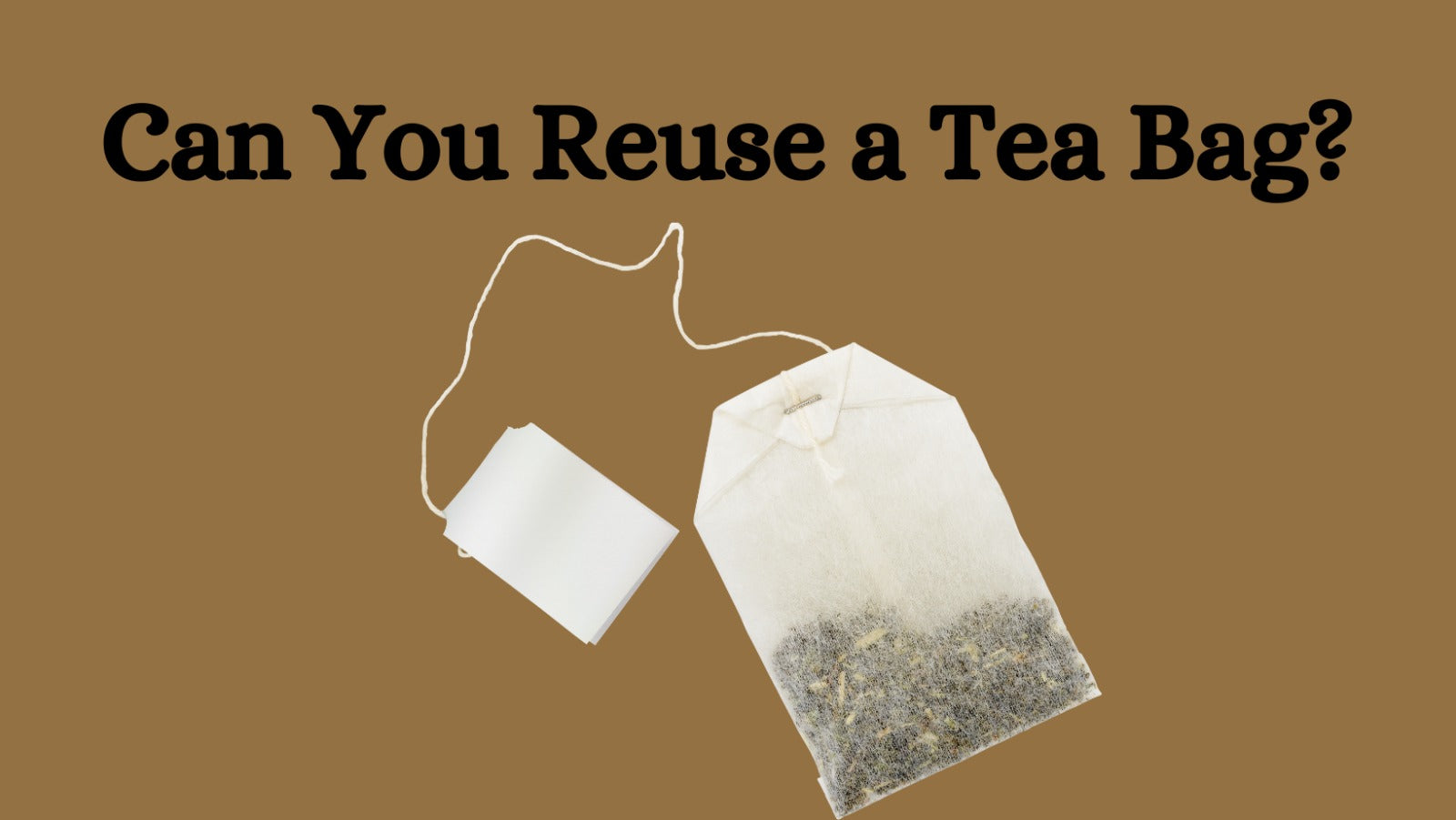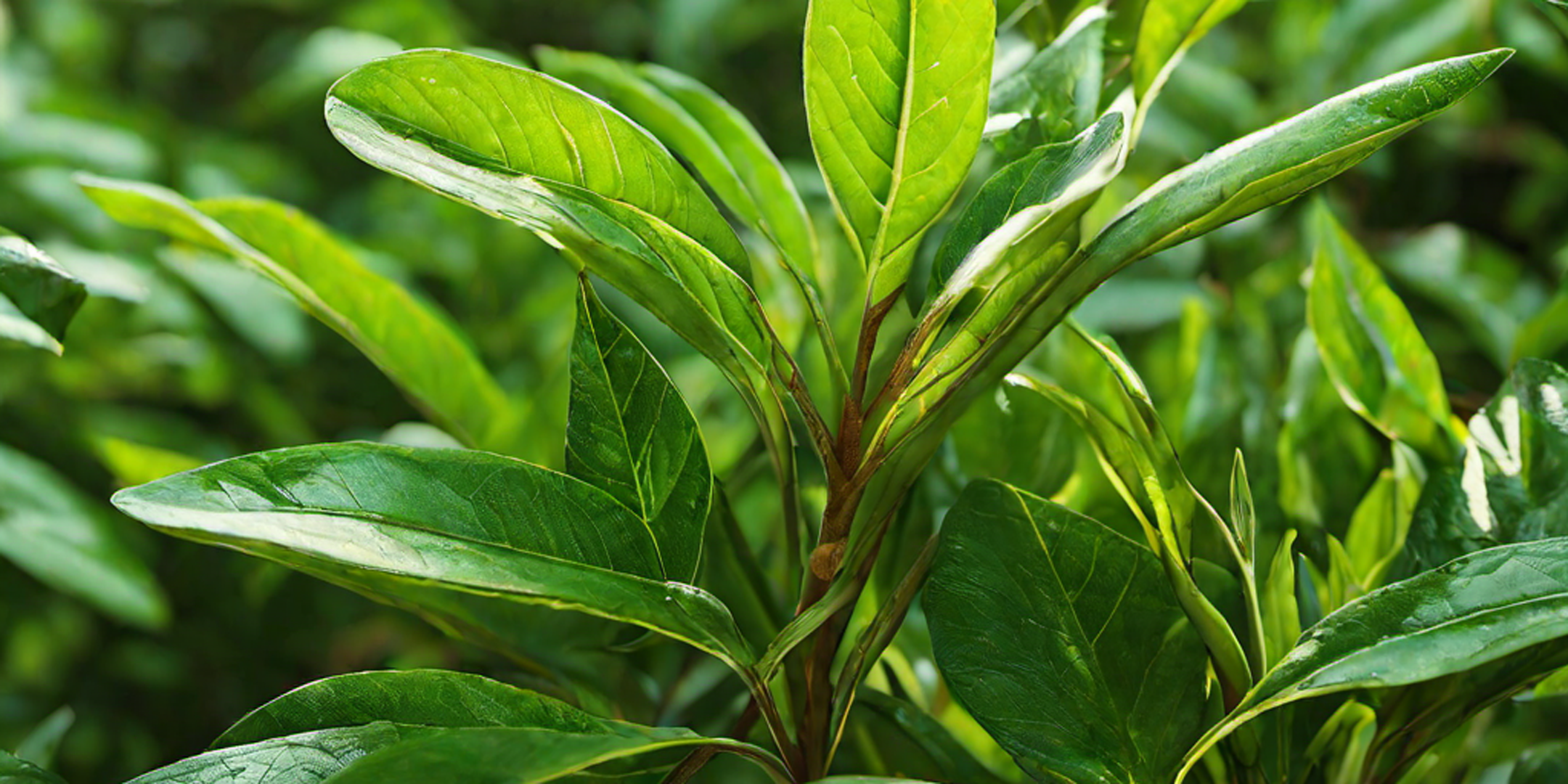Welcome to the world of tea lovers! If you're someone who enjoys a good cup of tea, you may have come across terms like "Orange Pekoe" and "FTGFOP" on the labels of your favorite tea leaves. But what exactly do these terms mean? In this article, we will dive into the fascinating world of tea grading and decoding the mystery behind these intriguing names.
Understanding tea grading and classification
Tea grading and classification are essential aspects of the tea industry. They help determine the quality, flavor, and overall experience of the tea. These grading systems are used to categorize teas based on factors such as leaf size, appearance, aroma, and taste.
Tea leaves are categorized into various grades, each denoting a specific level of quality. The most commonly known and misunderstood classification is "Orange Pekoe." Contrary to popular belief, Orange Pekoe is not a flavor or type of orange-infused tea. It is a term used to describe the size and quality of black tea leaves.
What is Orange Pekoe?
Orange Pekoe is a grade of black tea that signifies the presence of whole tea leaves without any tips or buds. The term "Orange Pekoe" originated in the Dutch language, where "oranje" meant "royal" and "pekoe" referred to a Chinese tea with a white downy tip. Over time, the term evolved to become a generic classification for black tea.
The name "Orange Pekoe" might lead you to believe that it has something to do with oranges, but in reality, it has no connection to the fruit. It is merely a grading system that indicates the size and quality of the tea leaves. The leaves classified as Orange Pekoe are typically long, wiry, and unbroken, indicating a higher quality and a more refined taste.
Origins and characteristics of Orange Pekoe tea
Orange Pekoe tea has a rich history that dates back centuries. It is primarily produced in India, Sri Lanka, Kenya, and China. Every tea-growing region has its unique flavor profiles and defining characteristics.
In India, the Assam region is famous for its bold and malty Orange Pekoe teas, while Darjeeling produces a more delicate and floral variety. Sri Lanka, also known as Ceylon, offers a range of Orange Pekoe teas, from light and citrusy to deep and robust. Kenya's Orange Pekoe teas are known for their vibrant colors and brisk flavors. China, the birthplace of tea, produces Orange Pekoe varieties that are nuanced, aromatic, and highly prized.
The different grades of Orange Pekoe - OP, FOP, and GFOP
The Orange Pekoe classification extends into different grades, each denoting a specific quality and leaf size. Understanding these grades can help you choose the perfect Orange Pekoe tea that suits your taste preferences.
OP (Orange Pekoe): This is the standard grade of Orange Pekoe tea. The leaves are long, wiry, and unbroken. OP tea offers a balanced flavor profile with a medium body and a smooth finish. It is a popular choice for everyday tea drinkers.
FOP (Flowery Orange Pekoe): FOP tea consists of whole tea leaves with a generous amount of tips or buds. These tips add a delicate sweetness and complexity to the tea. FOP is known for its floral aroma, lighter body, and slightly more refined taste than OP.
GFOP (Golden Flowery Orange Pekoe): GFOP tea is a higher-grade Pekoe. It contains a higher proportion of golden tips, which infuse the tea with a rich, velvety texture and a nuanced flavor profile. GFOP teas are often described as bold, full-bodied, and highly aromatic.
Exploring the FTGFOP classification
While Orange Pekoe is a widely recognized term, you may come across an even more elaborate classification: FTGFOP. FTGFOP stands for "Finest Tippy Golden Flowery Orange Pekoe" and is the highest grade of black tea available.
FTGFOP teas are characterized by their exceptional quality and exquisite taste. They consist of the highest-quality leaves, carefully hand-picked, and processed with utmost precision. The presence of golden tips and an abundance of young buds gives FTGFOP teas a distinct appearance and a refined, complex flavor.
How to brew and enjoy Orange Pekoe and FTGFOP tea
To fully appreciate the flavors and nuances of Orange Pekoe and FTGFOP teas, proper brewing techniques are essential. Here's a simple guide to help you brew the perfect cup of tea:
- Start with fresh, cold water. Bring it to a rolling boil.
- Determine the perfect amount of tea leaves to suit your taste preferences. Generally, 1 teaspoon of tea leaves per cup is recommended.
- Put the tea leaves in either a teapot or an infuser.
- Pour the hot water over the tea leaves and allow them to steep for the recommended time. The duration for steeping can differ based on the type of tea and individual taste preferences.
- Once the tea has steeped, strain the leaves and pour the brewed tea into your favorite cup.
- Sit back, relax, and savor the flavors of Orange Pekoe or FTGFOP tea. You can enjoy it as is or add a splash of milk or a slice of lemon to complement the taste.
Health benefits of Orange Pekoe and FTGFOP tea
Orange Pekoe and FTGFOP teas offer more than just a delightful tea-drinking experience. They are packed with numerous health benefits that can contribute to your overall well-being.
Antioxidant powerhouse: Both Orange Pekoe and FTGFOP teas are rich in antioxidants, which help fight free radicals and protect the body against oxidative stress.
Heart health: Regular consumption of these teas has been linked to improved heart health. The natural compounds found in tea can help reduce the risk of heart disease and lower cholesterol levels.
Boosts mental alertness: The moderate caffeine content in Orange Pekoe and FTGFOP teas can provide a gentle energy boost and enhance mental alertness without the jitters associated with coffee.
Digestive aid: Tea has been used for centuries as a digestive aid. Orange Pekoe and FTGFOP teas can help soothe the digestive system, relieve indigestion, and promote healthy digestion.




